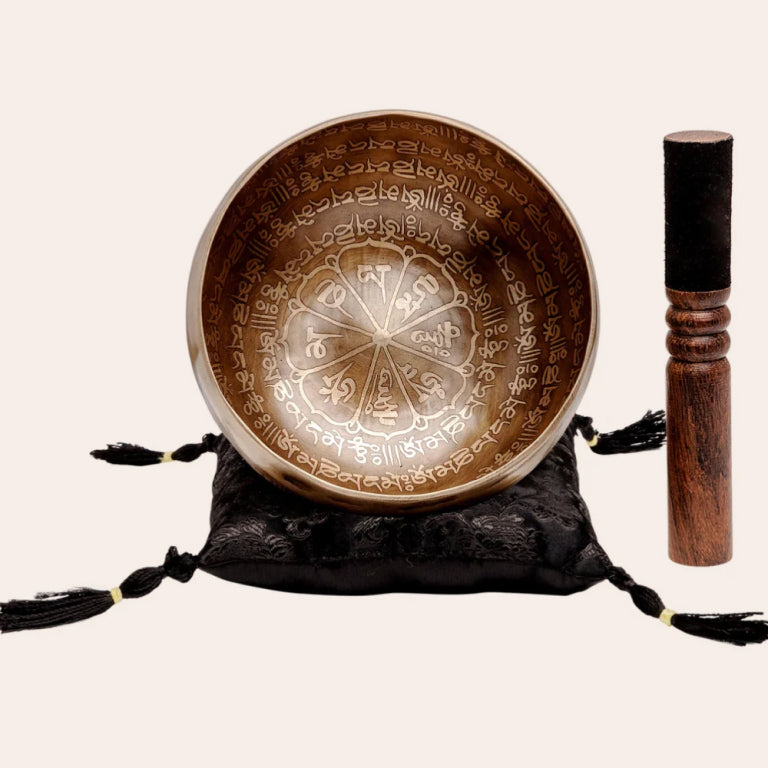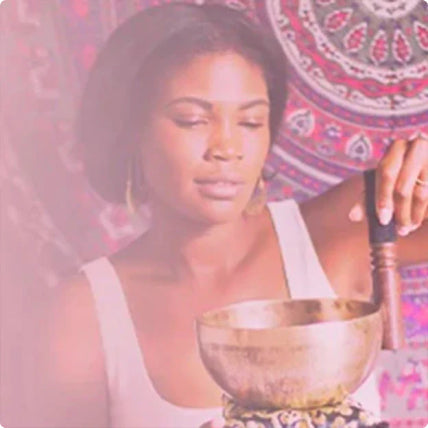Today we are graced with the summer solstice, a day replete with deep history, astrological significance, and vibrant cultural celebrations.
This day, the longest of the year, has been revered and observed by civilizations across the globe for many thousands of years.
Our exploration today answers the question "What Is The Significance of The Summer Solstice Now, and Throughout History."
Understanding our past, can empower us to create more meaning for ourselves in the present. Perhaps you will use the following information to bring a new specialness to this today
Historical Context For Solstice
The summer solstice, occurring around June 21st in the Northern Hemisphere, marks the moment when the Earth's axial tilt is most inclined towards the sun.
This results in the sun reaching its highest point in the sky, giving us the longest period of daylight. Our ancestors were enthusiastic observers of the natural world (by necessity) and they celebrated this phenomenon with awe and reverence; and filled it with traditions and rituals that marked the passage each year.
In ancient Egypt, the summer solstice signaled the imminent rise of the Nile River, a critical event for agriculture. The Great Pyramids of Giza are believed to align with the solstice sun, symbolizing the sun god Ra's connection to the pharaohs.
Similarly, Stonehenge in England aligns perfectly with the solstice sunrise, suggesting that this ancient monument was a site of ritualistic gatherings to honor the sun.
In ancient China, the summer solstice was marked with rituals to honor the earth and feminine energies, balancing the male dominance of the winter solstice's celebrations. The Chinese observed this period as a time of yin, where the earth flourished and prospered under the longest day of the year.
Astrological Significance
Astrologically, the summer solstice brings the beginning of Cancer season, a time characterized by emotional depth, nurturing energy, and a focus on home and family.
Cancer, ruled by the moon, contrasts beautifully with the solar energy of the solstice, creating a balance between the inner emotional world and the outer expression of light and warmth.
The solstice is a powerful time for setting intentions and embracing transformation.
Just as the sun reaches its peak, we can also strive to achieve our highest potential. It’s a moment to harness the peak energy of the year and direct it towards personal growth and renewal.
Cultural Celebrations Across Time
Cultures around the world celebrate uniquely this recurring period...
Scandinavia: Midsummer Festivities
Known as Midsummer, this day is celebrated with exuberant festivals. Bonfires are lit to symbolize the sun and ward off evil spirits, while people dance around maypoles decorated with flowers and greenery, celebrating fertility and the bounties of nature. In Sweden, Midsummer is one of the most significant holidays, marked by traditional foods, songs, and dances.
Indigenous Cultures of North America: The Sun Dance
Many Native American tribes hold solstice ceremonies that honor the sun and the earth. For instance, the Sioux perform a Sun Dance, a sacred ritual that involves dancing, singing, and drumming, connecting the community to the rhythms of nature. The ceremony is a profound expression of spirituality, sacrifice, and renewal.
China: Dragon Boat Festival
The festival of Duanwu, or the Dragon Boat Festival, coincides closely with the summer solstice. This ancient celebration involves dragon boat races, eating zongzi (sticky rice wrapped in bamboo leaves), and commemorating the poet Qu Yuan. It reflects themes of health, prosperity, and protection from evil.
Peru: Inti Raymi
The Inti Raymi, or Festival of the Sun, is an ancient Incan celebration held in Cusco. Participants dress in traditional costumes, perform dances, and offer sacrifices to Inti, the sun god, to ensure a good harvest and honor their ancestors. The festival is a vibrant display of gratitude and reverence for the sun's life-giving energy.
Religious Incorporation
Interestingly, Christianity has also incorporated the solstice into its traditions, more subtly...One notable example is the celebration of St. John's Day on June 24th, which closely follows the summer solstice. St. John the Baptist is one of the few saints whose birth is celebrated, rather than their death, aligning symbolically with the birth of light.
Historically, St. John's Day incorporated various solstice customs. In many European countries, bonfires were lit on St. John's Eve, a tradition believed to purify and protect against evil spirits. This Christian festival retained the essence of ancient solstice celebrations, emphasizing themes of light overcoming darkness.
In Scandinavia, where Midsummer and St. John's Day overlap, the festival is a blend of pagan and Christian customs. People gather to sing, dance, and feast, reflecting both the joy of the solstice and the reverence for St. John.
In Ireland, the solstice and St. John's Day are marked by the lighting of bonfires. This practice harks back to ancient traditions, symbolizing the triumph of light and the sun's power at its peak. Irish communities come together to celebrate with music, dance, and communal gatherings, bridging the old and new in a harmonious celebration.
Final Reflections
In our modern world, the summer solstice continues to inspire a sense of wonder and connection to the natural world. From yoga sessions at dawn to mindfulness retreats that honor the longest day, people find ways to engage with the solstice's energy.
Urban celebrations have also emerged, with cities hosting events like solstice parades, music festivals, and public gatherings. These events often blend traditional customs with modern interpretations, creating a rich tapestry of cultural expression.
As we bask in the glow of this year's summer solstice, let us take a moment to reflect on the universal themes of light, growth, and renewal.
Whether through personal meditation, gathering with loved ones, or participating in a cultural celebration, may this day inspire you to embrace the warmth and possibilities that the sun brings.
Wishing you all a luminous and transformative summer solstice!









